Neurofeedback Proven to Help with ADHD and ADD
Table of Contents: Specific Improvements are seen in ADD and ADHD Patients | Characteristics of ADD and ADHD | Problems with Conventional Treatment | Using Neurofeedback Training | Key Benefits
Loading Video...
Specific Improvements are seen in ADD and ADHD Patients
Attention Deficit Disorder (ADD) and Attention Deficit Hyperactivity Disorder (ADHD) have a diverse effect on both children and adult’s lives. Although these two disorders are virtually the same, there is one primary difference in that ADHD consists of a much higher level of hyperactivity. Typically, ADHD is seen more often in children but regardless, these disorders are usually very difficult to manage.
Characteristics of ADD and ADHD
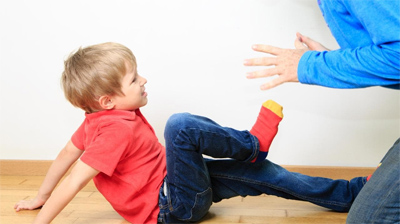 For clarification, we felt it important to list some of the primary characteristics of ADD and ADHD. Keep in mind that for a firm diagnosis to be made of either disorder, symptoms of inattention or hyperactivity impulsivity must be present for a minimum of six months. We also want to point out that while there are standard markers for ADD and ADHD, everyone is unique so the way these disorders manifest based on each individual.
For clarification, we felt it important to list some of the primary characteristics of ADD and ADHD. Keep in mind that for a firm diagnosis to be made of either disorder, symptoms of inattention or hyperactivity impulsivity must be present for a minimum of six months. We also want to point out that while there are standard markers for ADD and ADHD, everyone is unique so the way these disorders manifest based on each individual.
- Inattention – The first characteristic is inattention, which simply means an individual finds it extremely hard to respond appropriately to directions or participate in organized tasks. In addition, this aspect of ADD and ADHD leads to neglect of responsibilities due to a high level of forgetfulness, boredom, and distraction, as well as issues with losing or misplacing items.
- Hyperactivity / Impulsivity – This is the second characteristic of ADD, but even more so for ADHD, which means the person is challenged to sit quietly. Because hyperactivity and impulsivity are seen more often in ADHD, children often struggle in school, as well at home. These children are always on the go, highly impatient, and sometimes harsh in verbal responses and communication
Problems with Conventional Treatment
The way in which ADD and ADHD are treated typically involves one or more prescription medications. Unfortunately, these drugs are formulated to calm a person down but often, they produce more of a “zombie-like” state. As a result, adults and especially children become almost robotic. Parents of children with ADHD claim the medication used to treat ADHD decreases creativity, reduces communication ability, and lowers motivation, among other things.
However, one of the bigger issues is that not only does medication diminish a child’s personality but kids with ADHD continue to struggle with the symptoms of the disorder, although perhaps on a less intense level. Then, there is risk of unpleasant side effects with most drugs used to treat both ADD and ADHD. Although some children still need medication, a safer and more effective treatment option known as neurofeedback training is now being used.
Using Neurofeedback Training
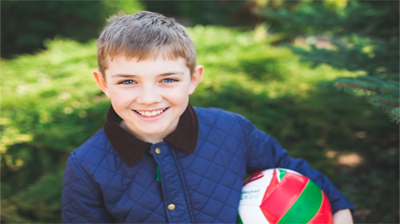 While this form of treatment has been used for years for a variety of physical ailments and mental health disorders, it has become apparent the incredible value for someone with ADD or ADHD. With neurofeedback training, a person’s brain is literally retrained. In other words, through a series of training sessions, the damaged or altered area of brain has the ability to heal and become partial or fully restored.
While this form of treatment has been used for years for a variety of physical ailments and mental health disorders, it has become apparent the incredible value for someone with ADD or ADHD. With neurofeedback training, a person’s brain is literally retrained. In other words, through a series of training sessions, the damaged or altered area of brain has the ability to heal and become partial or fully restored.
There are some people with ADD and ADHD who notice marked improvement for a number of symptoms after completing just one or two neurofeedback training sessions although “success” is usually achieved after six sessions or more. In many cases, retraining the brain works so well that people can cease taking medication, going to therapy, and undergoing various medical procedures.
Overall, someone provided neurofeedback training for ADD or ADHD has the opportunity to gain control of life. A few examples of improvements specific to this alternative treatment include the following:
- Attention to detail
- Mental clarity
- Concentration and focus
- Speaking and listening communication
- Organization
- Following instructions
- Avoiding conflict
- Memory
- Mood
Key Benefits
With so many possibilities, but also success stories for both children and adults with ADD and ADHD, it is easy to see why there are a growing number of physical and mental health professionals that now offer neurofeedback training as a viable treatment option. A huge advantage is that success can be achieved using neurofeedback training as a standalone treatment but it is also used in conjunction with more conventional treatments when applicable.
We also want to mention that in general, children with ADD or ADHD have a difficult time with more conventional treatments. For instance, most children balk at taking medication, sometimes to the point of hiding it, which means not being medicated at all. In addition, because these children have a difficult time sitting still for any period of time, cognitive and/or behavioral therapy creates a serious challenge.
The difference with neurofeedback training is that a single session might last just 20 minutes. Even if a child with ADD or ADHD needs to go through multiple sessions, the short amount of time makes training tolerable. This form of biofeedback is also not painful and there are no unpleasant side effects. In fact, many children are distracted during neurofeedback training by watching as brain activity is captured on a computer screen in the form of patterns and squiggly lines.
Because there are so many benefits to using neurofeedback training for both adults and children with ADD and ADHD, it is now widely recognized and accepted by top experts. For parents and medical professionals alike, it is exciting to know that neurofeedback training has the ability to produce quick but also permanent change simply by retraining a specific area of the brain.
Will Neurofeedback Help Your Child with ADD/ADHD? Click Here
We are a leading Neurotherapist in Clifton Park NY. Contact us today to learn more about our approach to treating ADD / ADHD.

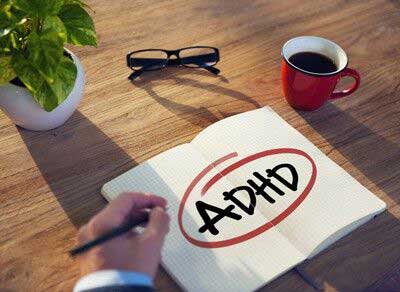 ADD / ADHD
ADD / ADHD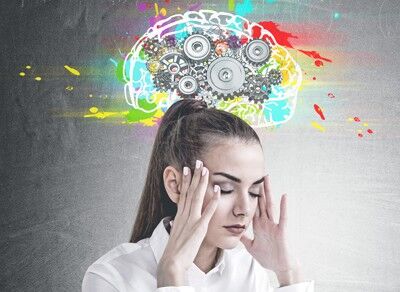 Anxiety & More
Anxiety & More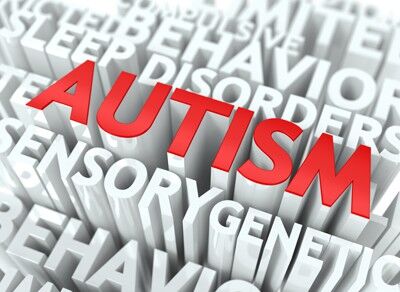 Autism/Aspergers
Autism/Aspergers Depression
Depression Insomnia
Insomnia Learning Disabilities
Learning Disabilities Migraines
Migraines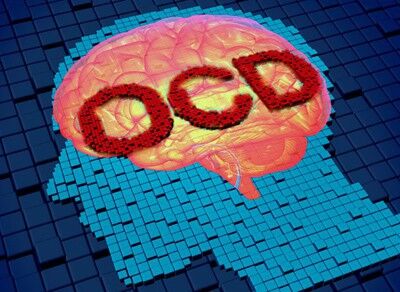 OCD and Obsessive Thinking
OCD and Obsessive Thinking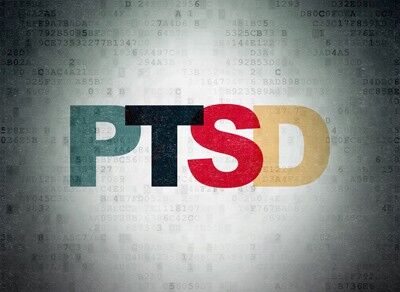 PTSD (Post Traumatic Stress Disorder)
PTSD (Post Traumatic Stress Disorder)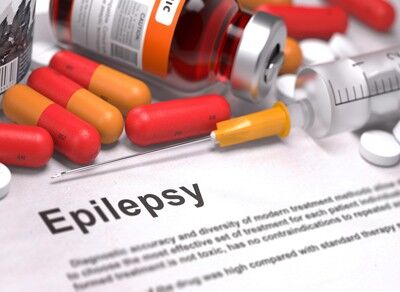 Seizures and Epilepsy
Seizures and Epilepsy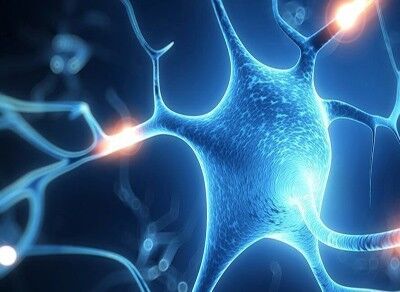 Stroke or Traumatic Brain Injury (TBI)
Stroke or Traumatic Brain Injury (TBI)